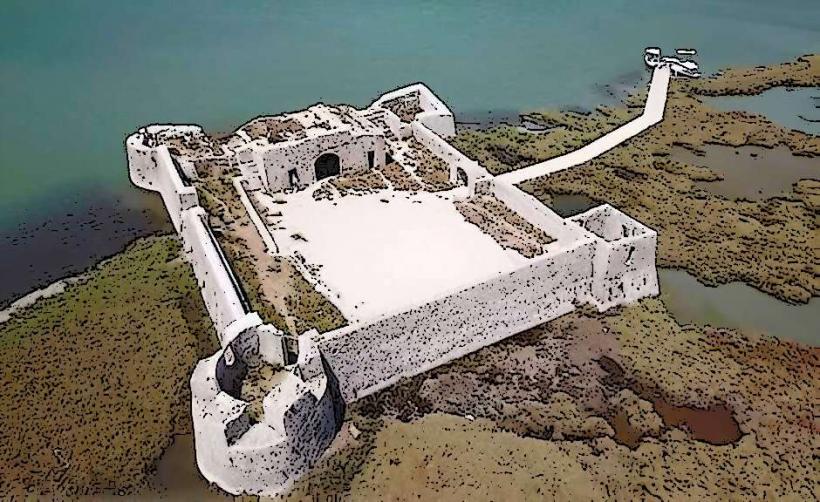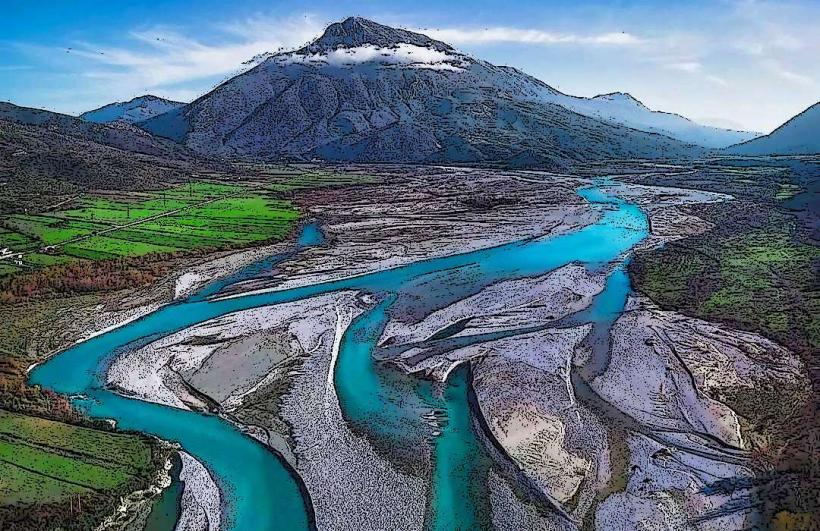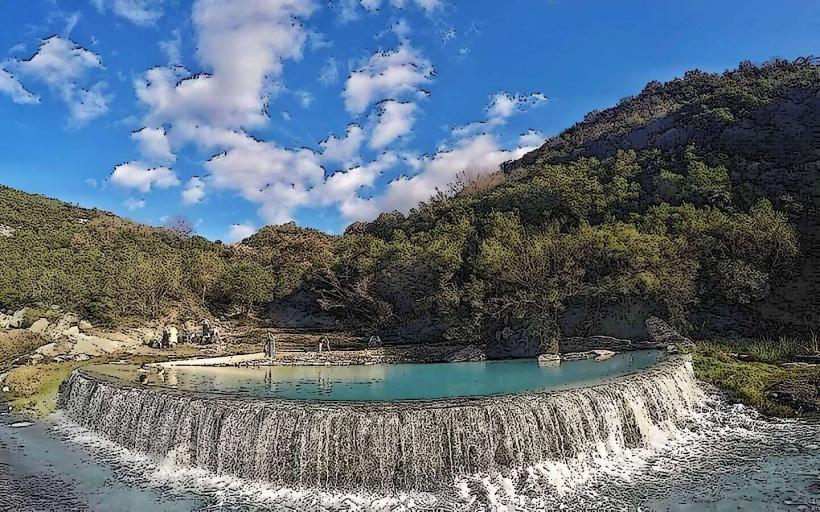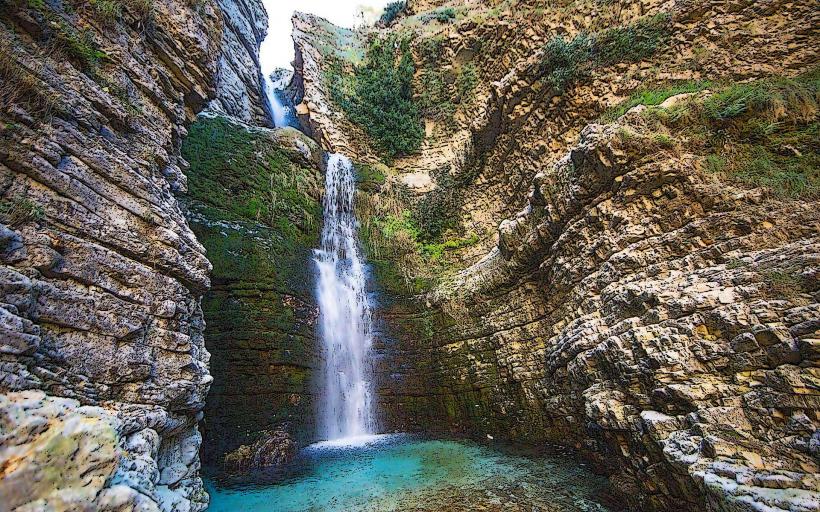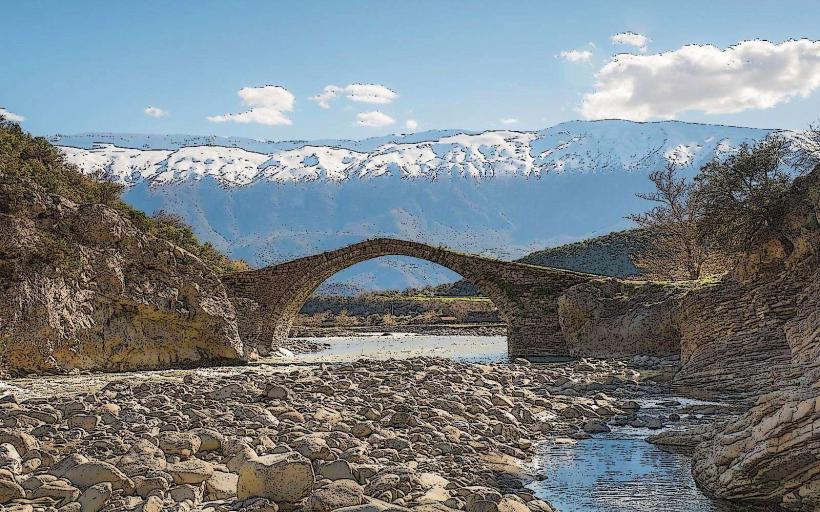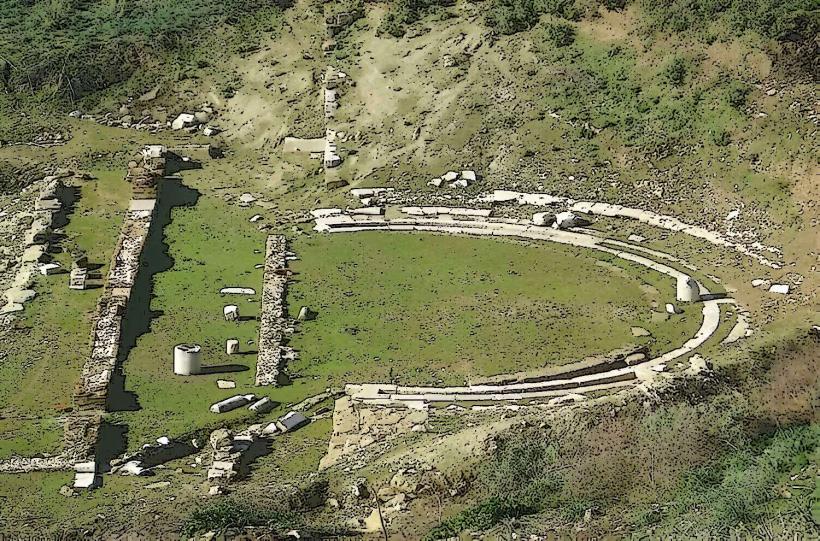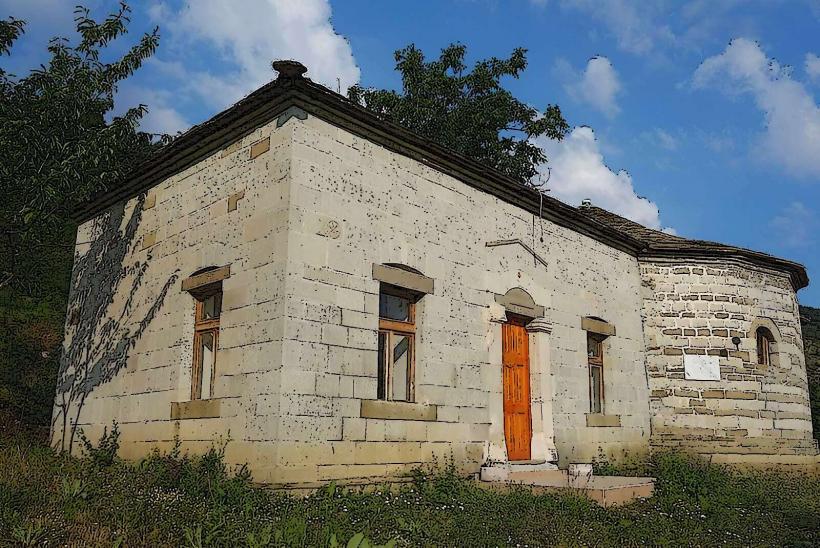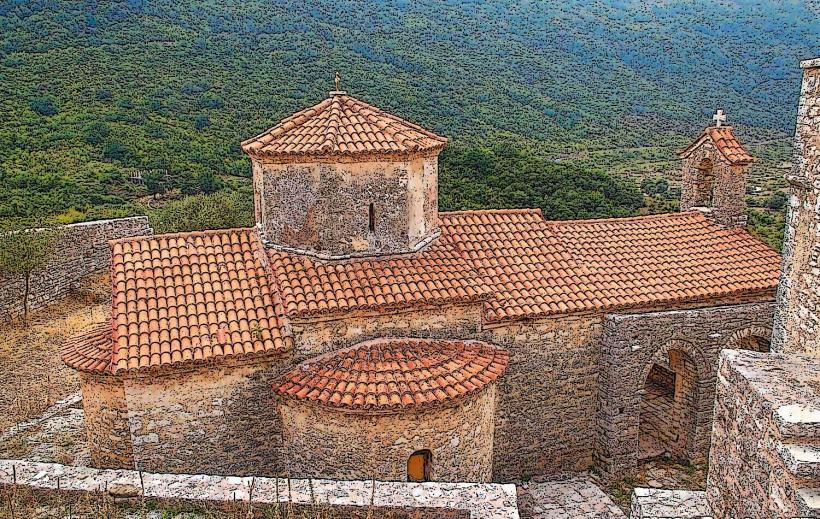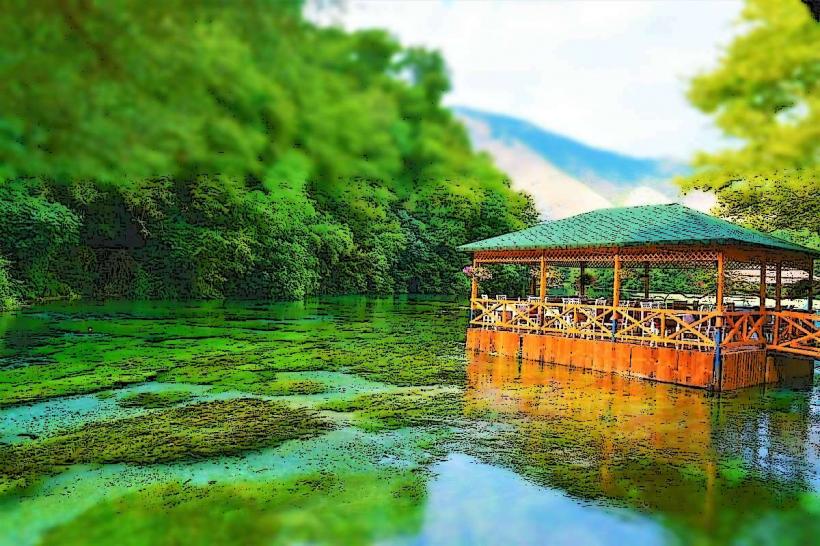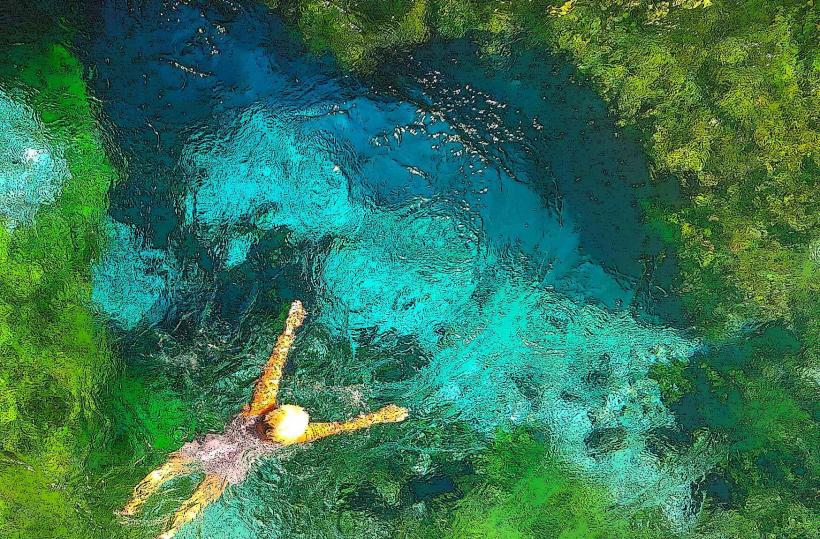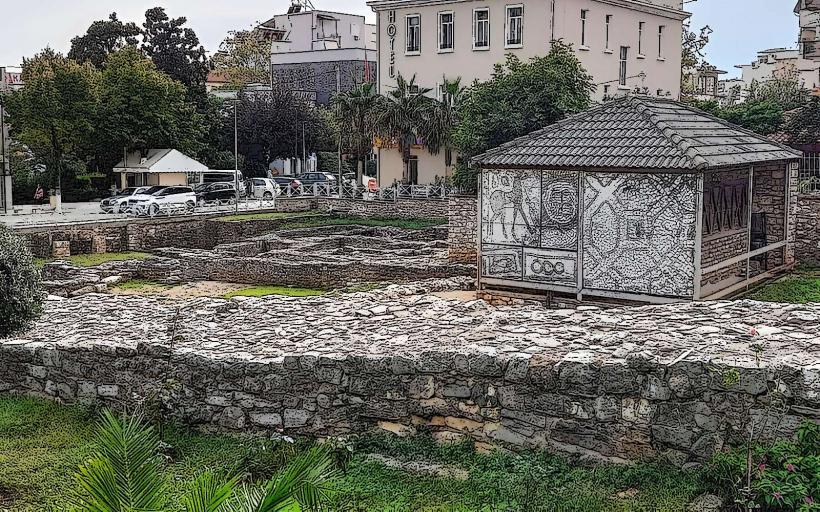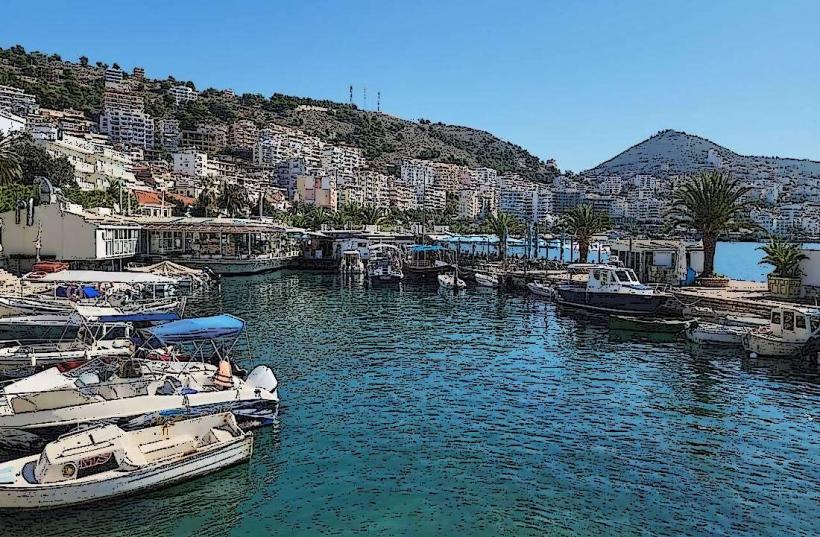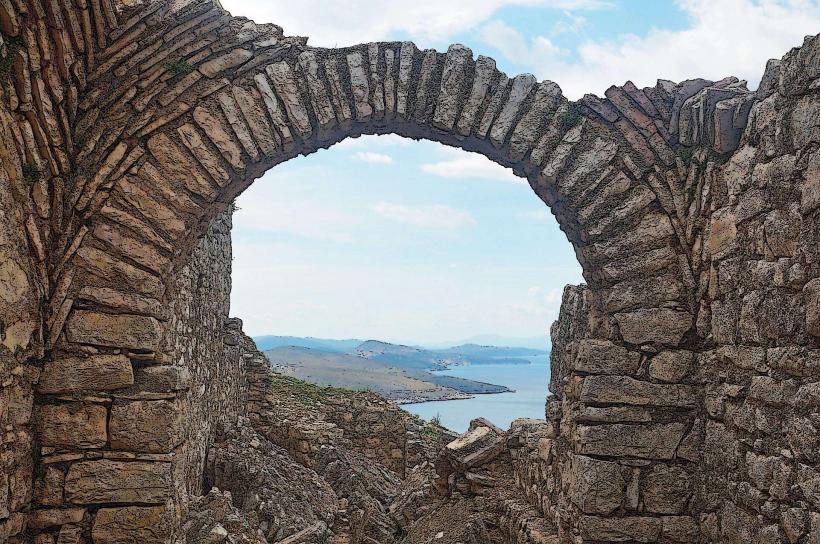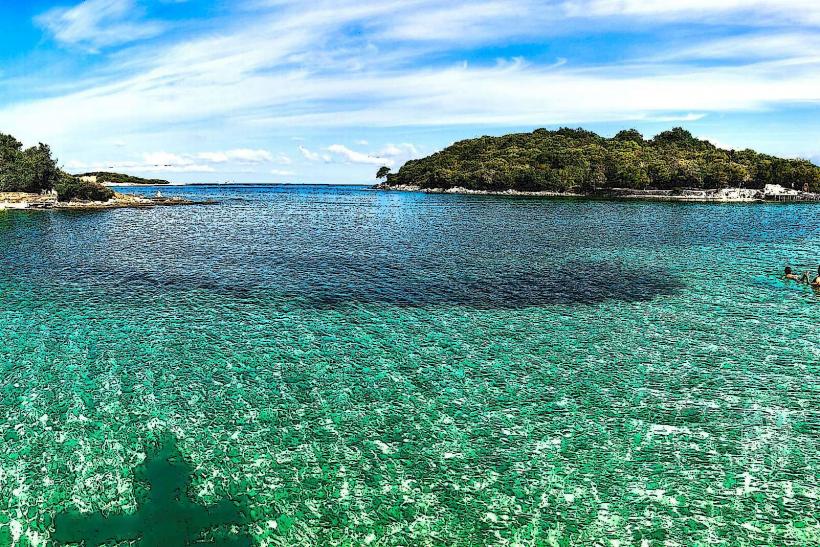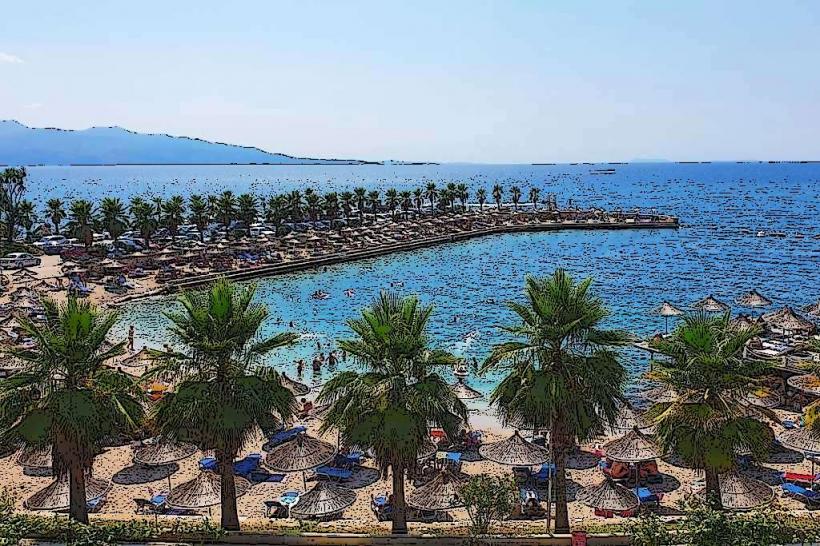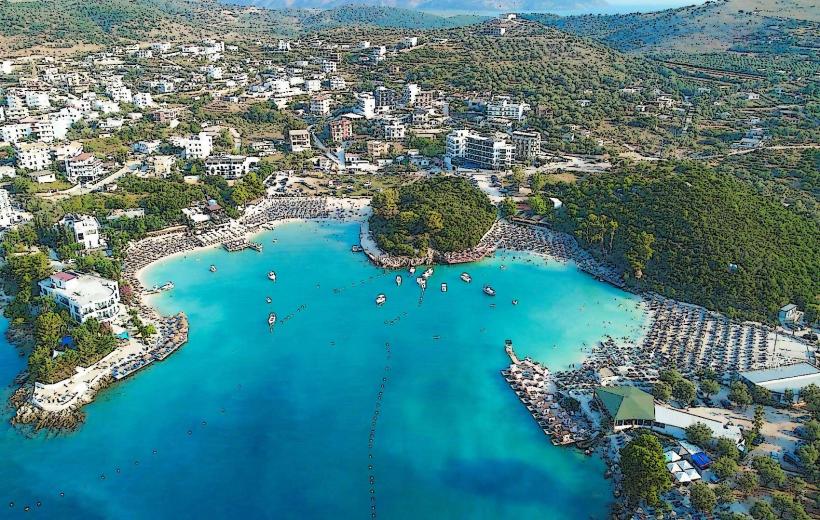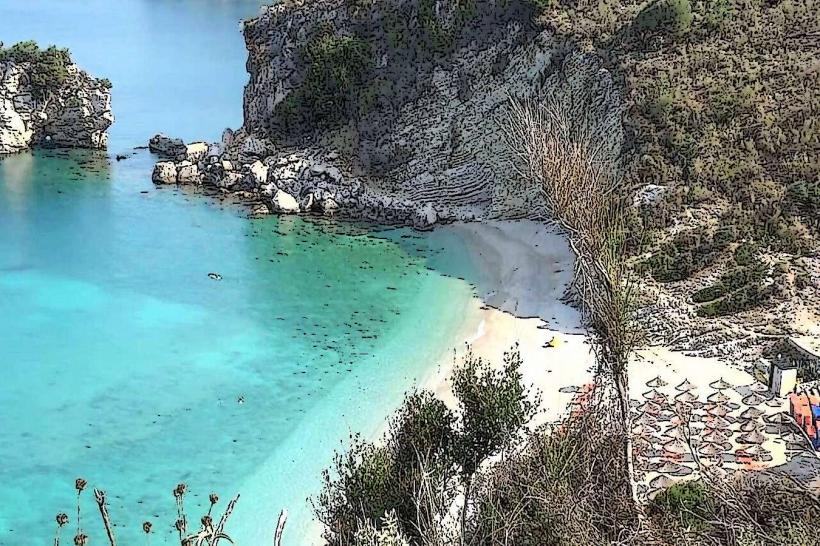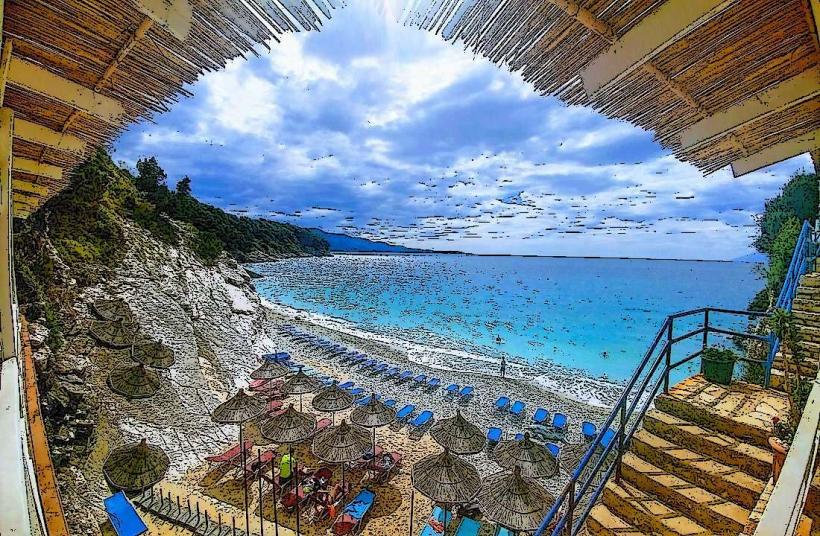Information
Landmark: Butrint National ParkCity: Sarande
Country: Albania
Continent: Europe
Butrint National Park (Parku Kombëtar i Butrintit) is one of Albania’s most important and picturesque historical and natural landmarks, located near the town of Sarandë in southern Albania. The park is renowned for its rich cultural heritage, unique archaeological sites, and stunning natural beauty. It is a UNESCO World Heritage site and one of the country’s most visited destinations, attracting tourists, archaeologists, and nature enthusiasts alike.
Historical Significance
Ancient Butrint:
- Butrint was an ancient Greek city and later a Roman, Byzantine, and Ottoman settlement. Its history spans over 2,500 years, making it one of the most important archaeological sites in Albania.
- The city was founded by Greek colonists in the 8th century BCE and became a major cultural and economic center in antiquity. Over time, Butrint flourished under Roman, Byzantine, and Ottoman rule, with each civilization leaving behind important architectural and cultural imprints.
- The city is mentioned in Homer's Odyssey and was famously described as a site where Aeneas, the Trojan hero, stopped on his journey to Italy.
- Its strategic location on the shores of Lake Butrint and its proximity to the Ionian Sea made it an important port and hub for trade and military activity.
UNESCO World Heritage Status:
- Butrint was designated a UNESCO World Heritage Site in 1992 due to its exceptional preservation of archaeological ruins from various periods, including the Greek, Roman, and Byzantine eras. The archaeological park provides a window into the past, showcasing layers of history that span across several civilizations.
Cultural Importance:
- Butrint is considered one of the most important archaeological sites in the Mediterranean. Its artifacts and ruins are invaluable for understanding the development of cultures and civilizations in the region.
- The site is also an essential element of Albanian cultural heritage and national identity, drawing connections to the ancient Greek and Roman world while also reflecting the diversity of the cultural influences that have shaped Albania over centuries.
Archaeological Features of Butrint National Park
Greek and Roman Ruins:
- Ancient Theatre: One of the most significant features of Butrint is its ancient theatre, which dates back to the 3rd century BCE. The theatre could hold around 2,000 spectators and was used for performances and events during the Greek and Roman periods. It remains one of the best-preserved theatres in the Balkans.
- Roman Bathhouse: The remains of a Roman bathhouse showcase the importance of public baths in Roman culture. Visitors can see the structure’s heating system and walls adorned with remnants of mosaics.
- Baptistery and Basilica: Butrint features an impressive early Christian baptistery, with mosaic floors depicting scenes of Christian symbols. The Byzantine basilica in the area reflects the transition of the city from paganism to Christianity.
- City Walls and Gates: The well-preserved city walls, built by the Romans and later strengthened by the Byzantines, are a testament to Butrint's military significance throughout history. The gates of the city also remain standing as relics of the ancient fortifications.
Venetian Period Influence:
- During the Venetian period (14th to 18th centuries), Butrint became a key fortress town. The Venetian tower and other structures from this era still stand, adding to the multi-layered history of the site.
Archaeological Museum:
- Butrint is home to an archaeological museum that houses a collection of artifacts excavated from the site, ranging from ancient Greek pottery to Roman sculptures. Visitors can learn about the history and cultural evolution of Butrint through displays and educational materials.
Natural Beauty and Biodiversity
Lake Butrint:
- The archaeological site is situated along the shore of Lake Butrint, a biodiversity hotspot with rich flora and fauna. The lake is part of a larger wetland ecosystem, which supports a wide variety of plant and animal species, including rare migratory birds.
- The lake is home to several species of fish, and its waters are crucial for local ecosystems. Visitors can enjoy boat trips along the lake, providing a unique perspective of the park and the ancient ruins.
Wildlife and Flora:
- Butrint National Park is a haven for wildlife, with the park’s diverse ecosystems ranging from wetlands to forested areas. Some of the notable species that inhabit the park include waterfowl, swans, and herons, making it an excellent destination for birdwatching.
- The park also contains a rich variety of plant life, with dense vegetation along the lake’s edge, including cypress trees, olive groves, and Mediterranean shrubs.
Walking and Hiking Trails:
- Visitors can explore the park through its network of walking and hiking trails. These trails offer stunning views of the archaeological ruins, the surrounding landscape, and the serene lake. It is a peaceful way to enjoy both the cultural and natural beauty of the area.
Visiting Butrint National Park
Location:
- Butrint is located about 18 kilometers (11 miles) south of the city of Sarandë, in southern Albania. It is easily accessible by car or public transport, with well-maintained roads leading to the park entrance.
- The park is open year-round, though it is most popular in the warmer months, from spring to early autumn.
Opening Hours and Admission:
- The park typically operates from 9:00 AM to 7:00 PM during the tourist season, though hours may vary in the off-season.
- There is an entrance fee to visit the site, and additional charges may apply for guided tours or access to the museum.
Guided Tours:
- To fully appreciate the historical significance of Butrint, visitors can opt for guided tours, which are available in multiple languages. Knowledgeable guides provide detailed explanations of the ruins, artifacts, and the site’s history, offering visitors a deeper understanding of Butrint’s cultural and archaeological importance.
Nearby Attractions:
- After visiting Butrint, tourists can explore other nearby attractions in Sarandë, such as Ksamil Beach, Lëkurësi Castle, and the Blue Eye Spring. The area offers plenty of opportunities for relaxation by the beach or exploration of natural wonders.
Why Visit Butrint National Park?
Rich History: The site offers a fascinating journey through time, from Greek and Roman antiquity to Byzantine and Venetian influences. It is a must-visit for history enthusiasts and anyone interested in learning about the ancient civilizations of the Mediterranean.
Natural Beauty: The stunning scenery of Lake Butrint and the surrounding parkland, combined with the biodiversity of the wetlands, make Butrint National Park a paradise for nature lovers.
UNESCO World Heritage: As a UNESCO site, Butrint is a globally recognized cultural treasure, attracting visitors from around the world to explore its remarkable history and stunning setting.
Peaceful Experience: Butrint offers a quiet and reflective atmosphere, allowing visitors to enjoy both the archaeological remains and the tranquil beauty of the surrounding natural environment.
In conclusion, Butrint National Park is a unique destination where visitors can experience the rich cultural heritage and natural beauty of southern Albania. Whether you're interested in exploring ancient ruins or enjoying the serenity of a lakeside landscape, Butrint provides an unforgettable experience for all types of travelers.

